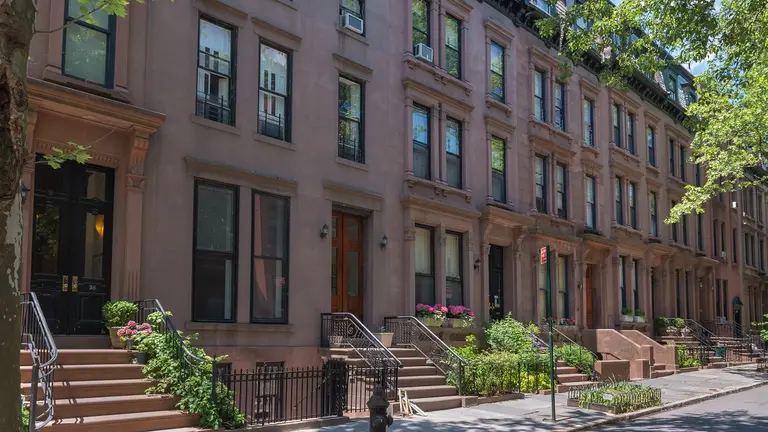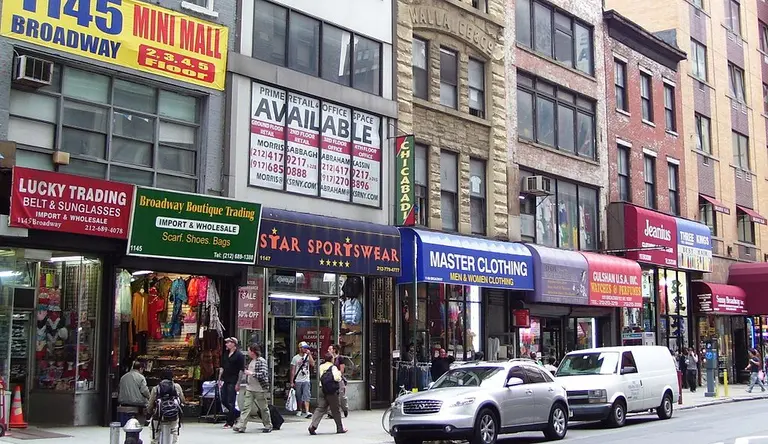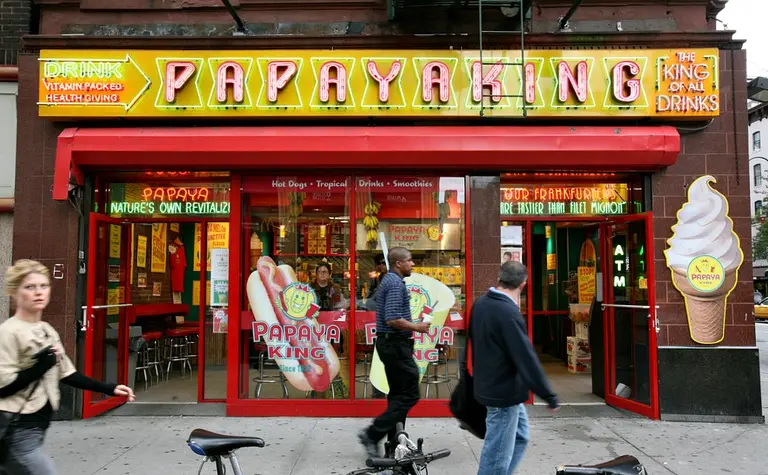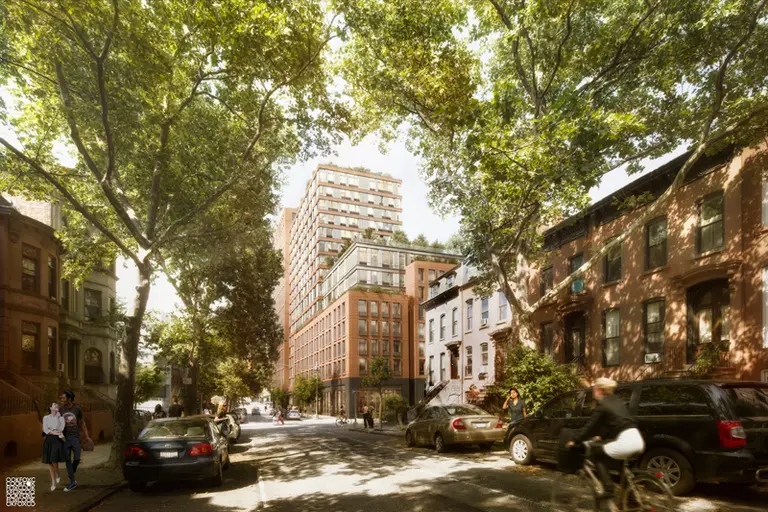VIDEO: Watch a 57-Story Skyscraper Go Up in Just 19 Days
Watch the incredible video here

Rendering showing the location, size and massing of projects currently being developed along Central Park South, via MAS “Accidental Skyline” report

Historic brownstones in Brooklyn Heights via City Realty

Broadway between 26th and 27th Streets, part of the current Madison Square North Historic District, via Wiki Commons

Papaya King, a dying small business breed, via Papaya King via photopin (license)

Brooklyn’s Pacific Park development, one of the pipeline projects examined in the report for it’s affordable housing offer. Rendering by COOKFOX
On Monday, we took a look at #SaveNYC, a new campaign helmed by Jeremiah Moss of Jeremiah’s Vanishing New York that’s fighting to save the city from the superrich. Moss’ end goal is to get the Small Business Jobs Survival Act passed, “which would give businesses an opportunity to negotiate lease renewals and reasonable rent increases, […]